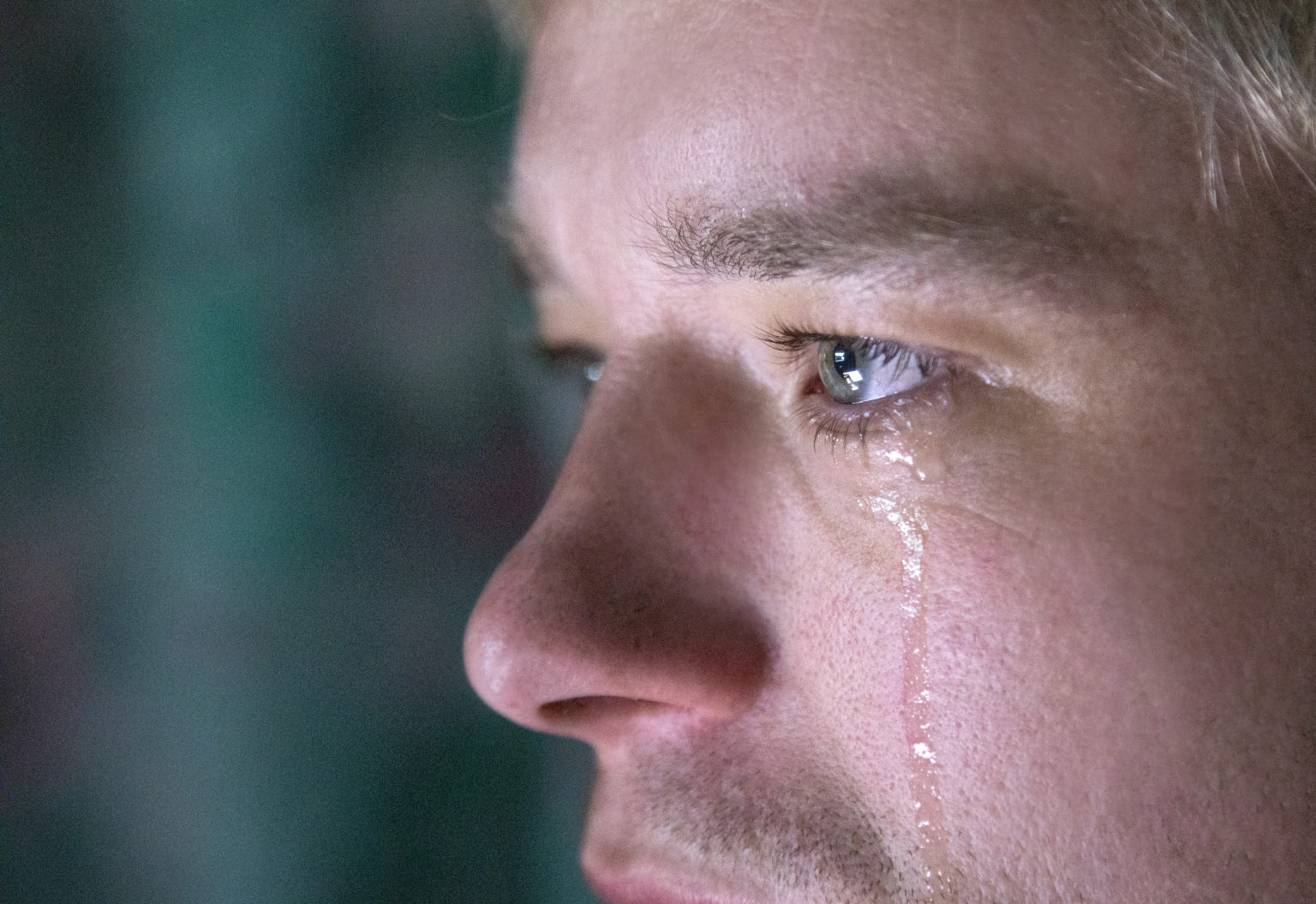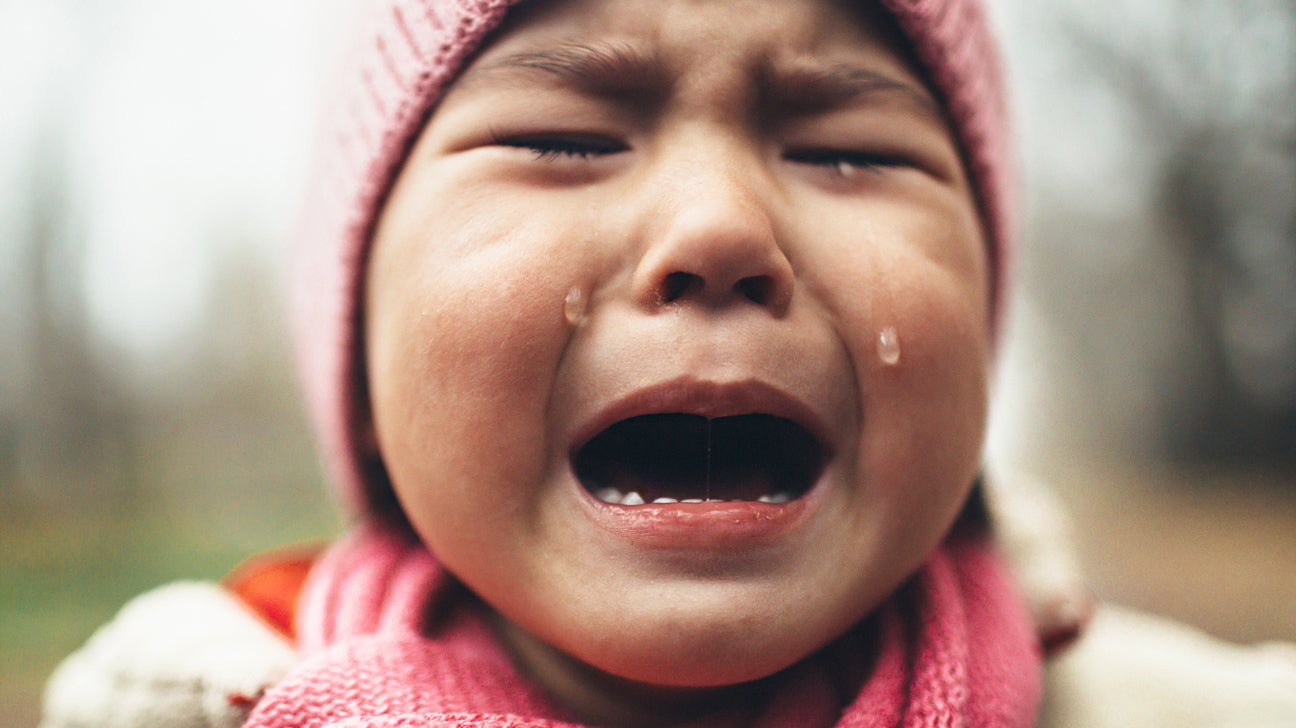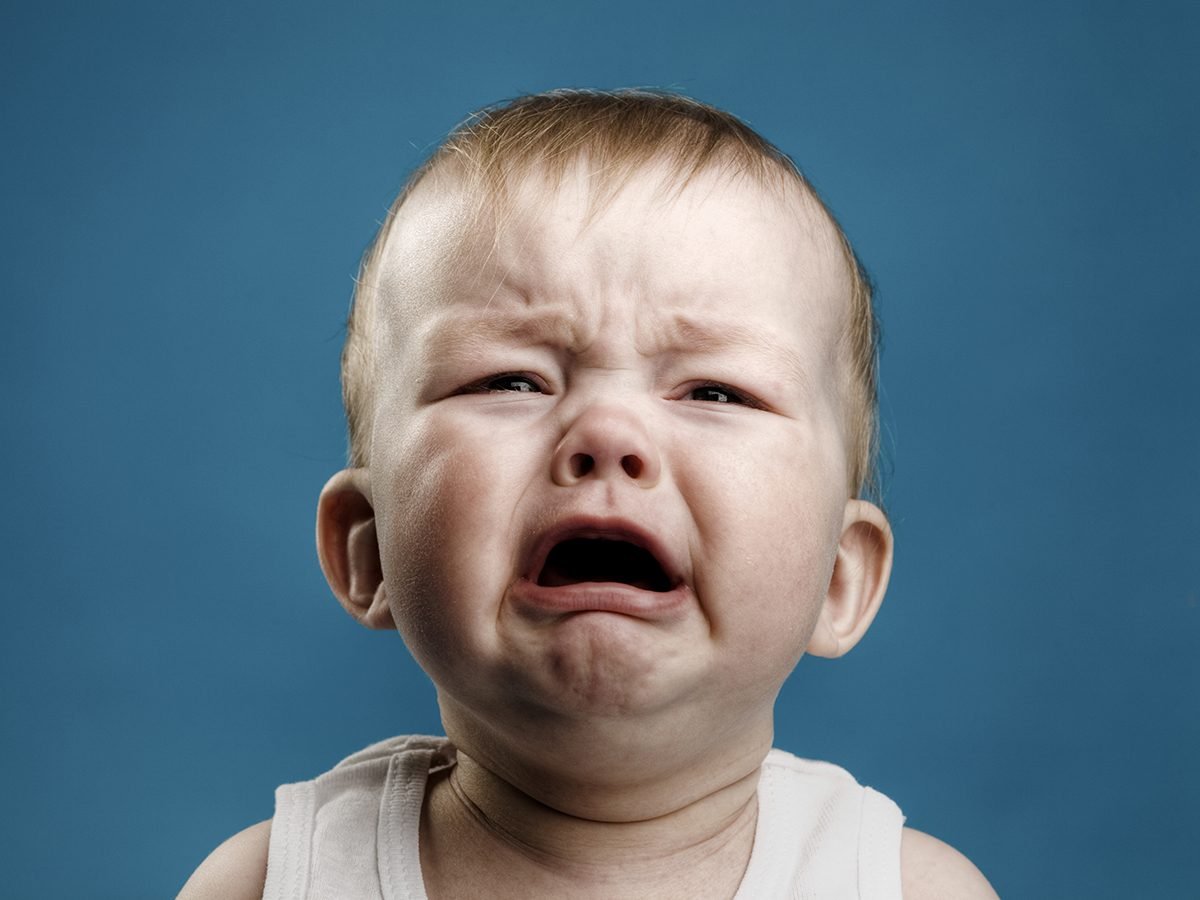Public figures often find themselves under intense scrutiny, and their emotional displays, or even the perception of them, can become a significant part of their public story. It seems, doesn't it, that when someone well-known shows deep feeling, particularly sadness, it really captures attention, sparking all sorts of discussions and, in a way, shaping how people view them.
This kind of public emotional display, or the label given to it, can stick, becoming a phrase people use to describe a person or a situation. You know, it's almost like a shorthand for a whole lot of feeling and circumstance, whether it's fair or not. People talk about these moments, and they can stick around in the public mind for quite some time, truly.
The way we talk about these moments, and the pictures we use to go along with them, tells us a lot about how we feel about people showing their feelings in the open. It's a look at how we, as a society, deal with tears and sadness when it's out there for everyone to see, really. So, what does it all mean when someone like a public figure is seen expressing deep sadness?
- Bernie Mac Died
- Gerrit Cole Wife
- Sophia Rosalinda Bratt
- Pete Hegseth New Wife
- The Manhattan Project Movie
Table of Contents
- Johnny Depp - A Look at the Person Behind the Public Eye
- What Does a "Cry Baby Depp" Moment Really Mean?
- How Do We Show Big Feelings Online? The Case of the Crying Face
- When Do Words for Sadness Come into Play?
- Supporting Young People's Feelings - What Does "Cry" Mean for Kids?
- Can Creative Tools Help Us Express Ourselves?
- Why Do We Label Public Emotional Displays?
- Article Summary
Johnny Depp - A Look at the Person Behind the Public Eye
People often talk about Johnny Depp, a well-known actor whose career has spanned several decades, bringing to life many memorable characters on the big screen. He's been in all sorts of films, from big blockbusters to smaller, more independent projects, earning quite a following over the years, you know. His work has really left a mark on the movie world, that's for sure.
He is, in some respects, a figure whose personal life has been very much in the public conversation, alongside his professional achievements. This kind of public attention, frankly, means that moments of personal expression, particularly those showing deep feelings, can become widely discussed and interpreted by many people. It's a bit like living under a magnifying glass, isn't it?
Personal Details
| Full Name | John Christopher Depp II |
| Date of Birth | June 9, 1963 |
| Place of Birth | Owensboro, Kentucky, United States |
| Occupation | Actor, Producer, Musician |
| Years Active | 1984–present |
| Notable Roles | Edward Scissorhands, Captain Jack Sparrow, Willy Wonka |
What Does a "Cry Baby Depp" Moment Really Mean?
The phrase "cry baby depp" has, in a way, popped up in public conversations, bringing up questions about how we see people, especially famous ones, when they show deep sadness. It's almost as if society has a certain idea about how people should or shouldn't express their feelings, particularly when those feelings are on display for everyone to see, which is interesting.
When a public figure, anyone really, gets a label like that, it tends to stick, doesn't it? It can shape how people talk about them and how they're seen for quite a while. This kind of shorthand, you know, can simplify a very complex situation, making it seem like one thing when there might be many layers underneath, actually.
This public naming, so to speak, makes us think about how we, as a group, react to tears and feelings. It raises a point about empathy, and how quickly we might judge someone for showing what's inside, particularly when it's a well-known person like "cry baby depp" whose actions are always being watched. It's a pretty big topic to consider.
How Do We Show Big Feelings Online? The Case of the Crying Face
When we want to show really strong sadness online, there's a picture we often use: the loudly crying face. This little yellow face, you know, has its mouth open and big, heavy streams of wetness coming from its shut eyes. It's a pretty clear way to get across a feeling of being completely overwhelmed by sadness, almost instantly.
This digital image, you see, was given the green light as part of a bigger set of characters back in 2010, and then it became part of the standard set of pictures we use in 2015. It really shows how our ways of talking have changed, letting us share how we feel with just a simple picture, which is pretty neat. It's a common sight on screens everywhere, definitely.
The image of a yellow face with an open mouth, making a wailing sound, and with lots of tears flowing from its closed eyes, really does stand for a feeling of intense sorrow. It's a quick way to communicate, in a way, that someone is feeling a lot of hurt or distress without having to type out a whole message. This picture, basically, helps us share our emotional state in a flash.
The Digital Language of Sadness and "Cry Baby Depp"
These small pictures have become a big part of how we communicate, letting us put across complex feelings in a very simple way. They are, in essence, a kind of modern shorthand for all sorts of human experiences, including the very deep ones. So, when people talk about someone like "cry baby depp," these digital images might be part of the shared visual language that comes to mind, you know.
It's interesting how a simple image can carry so much meaning, allowing us to connect with others over shared feelings, even if we're not using actual words. This visual communication, pretty much, helps us understand what someone might be going through, or at least how they are choosing to express it online. It's a powerful tool, actually.
When we see these crying face images, or hear phrases like "cry baby depp," it makes us think about the different ways people express their sadness, both in person and through screens. It really highlights how feelings are a part of our daily interactions, even in the digital space, which is something to consider.
When Do Words for Sadness Come into Play?
There are so many ways to talk about the act of shedding tears, aren't there? You can say someone is weeping, or sobbing, or perhaps screaming with grief. People might bawl, or blub, or even blubber when they're really upset. Sometimes, it's just a whine, a softer sound of unhappiness. These words, you know, paint different pictures of how sadness looks and sounds.
On the other hand, there are also quieter ways to express distress with sound. Someone might whisper, breathe heavily, murmur, mumble, or mutter. There's also the gasp, a quick intake of breath, or a soft whimper. These words, you see, show that not all expressions of sadness are loud or dramatic; some are very quiet and internal, essentially.
Finding the right word to describe someone's tears, or their vocal expression of sadness, can be quite important. A dictionary or a list of related words, like the one at thesaurus dot com, can show you hundreds of different ways to talk about crying, along with words that mean the opposite, and sentences that show how to use them. It just goes to show how rich our language is for describing feelings.
Different Ways to Express Feeling, Even for "Cry Baby Depp"
When we talk about someone like "cry baby depp," the specific words we use to describe their emotional display can really change the meaning. Is it a quiet weep, or a loud bawl? The choice of words, you know, helps shape the public's perception of the situation and the person involved. It's a subtle but important detail, pretty much.


